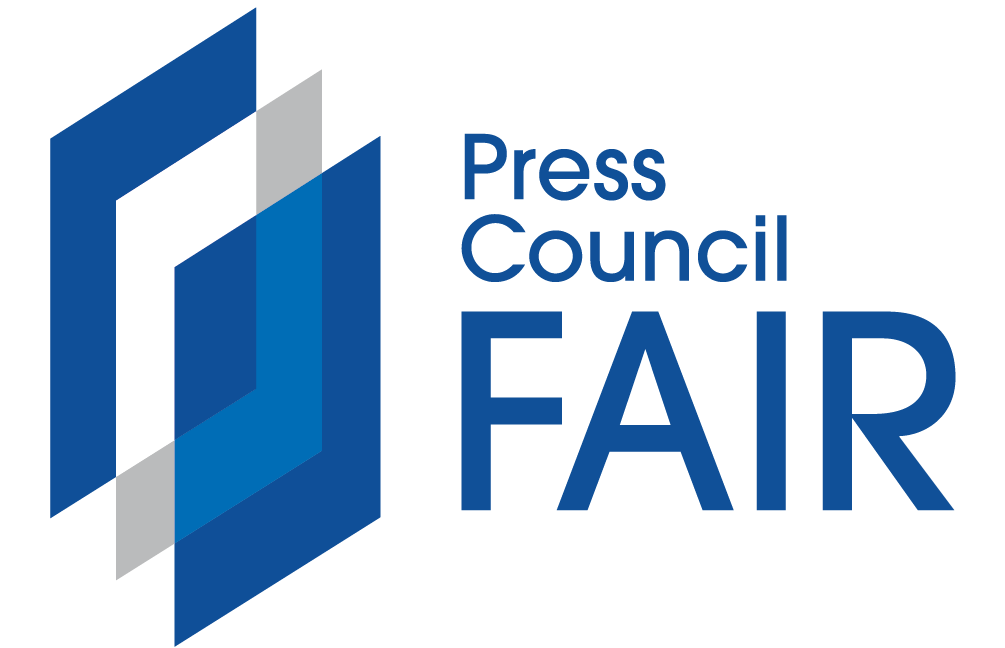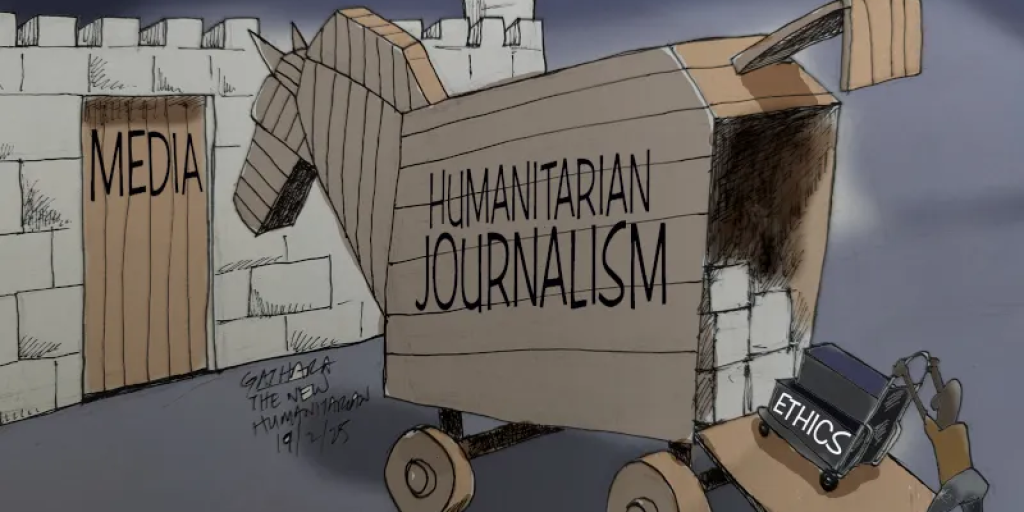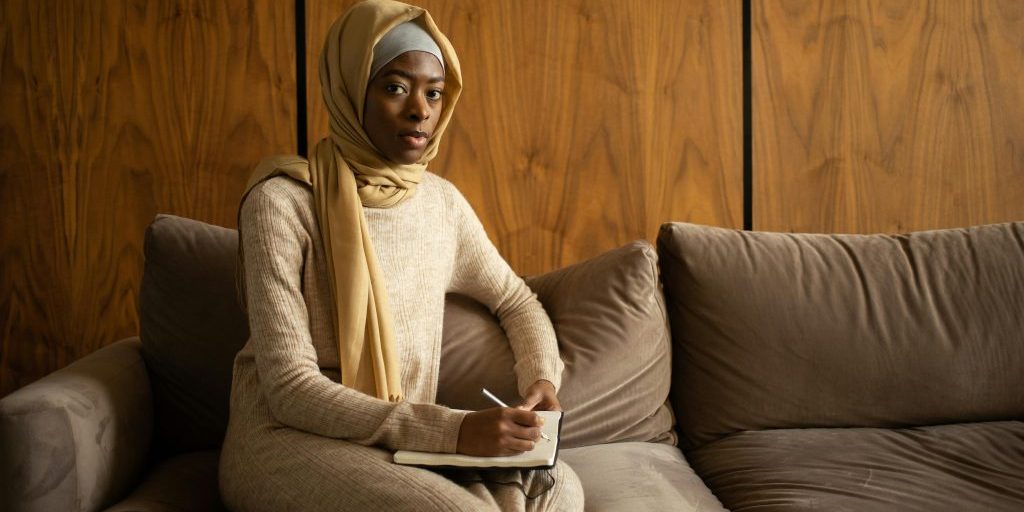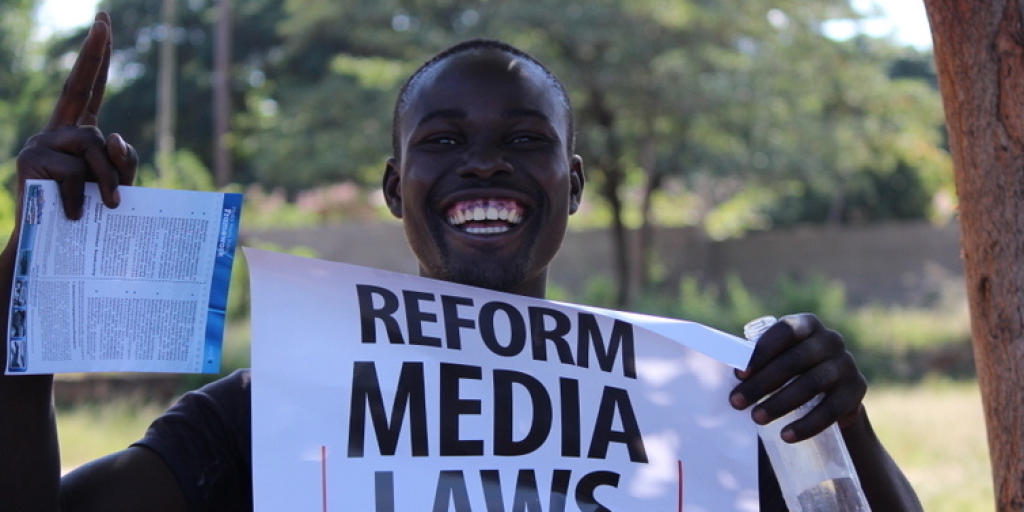‘The New Humanitarian’ at 30 asks vital ethical questions of mainstream media
Over the last 20 months, this column has highlighted some of the challenges and pitfalls of international media coverage of humanitarian crises.
As we have seen, the problems cannot just be blamed on the failure of individual actors to uphold the vaunted tenets of journalism. In fact, those tenets may themselves be the issue.
As Jeremy Iggers notes in the introduction to his book, Good News, Bad News: Journalism Ethics and the Public Interest, ‘it is quite possible to be a very ethical journalist, relative to the ethical norms that circulate within the profession, and yet to produce journalism that is ineffectual, meaningless or even irresponsible and destructive when examined in the light of a broader conception of the ethical responsibilities of the news media’.
However, in the crucible of humanitarian crises, ‘ineffectual, meaningless or even irresponsible and destructive’ journalism is deeply unethical
Lauren Kogen has argued that ‘the act of telling a story in such a way that the distant sufferer is ultimately ignored by the media audience’ is harmful practice.
But if traditional journalistic ethics allow conduct that is not acceptable when covering humanitarian crises, is the latter still journalism?
After all, as the Australian Council of Professions puts it, ‘it is inherent in the definition of a profession that a code of ethics governs the activities of each profession’.
It is a troubling question.
After all, even those like The New Humanitarian, who cover crises and who try to do so empathetically and with the stated goal of improving the lives of those caught up in crises, see themselves primarily as journalists and value their work as a contribution to journalism.
‘Journalism from the heart of crises’ is how The New Humanitarian describes what it does. And even if we accept the label ‘humanitarian journalists’, we don’t consider what we do as fundamentally outside the ethos of journalistic practice.
Whether or not one calls it journalism, it seems clear that the ethical standards and practices required to report on humanitarian crises differ from those of traditional journalism.
For example, in her contribution to the book Places of Traumatic Memory, Tiania Stevens – a media and communications lecturer and a former reporter who covered, amongst other places, Bosnia and the Middle East – explores humanitarian journalism as ‘a journalistic approach … which attempts an empathetic engagement with, and representation of, survivors of mass atrocities’.
However, when reflecting on her research, she finds that humanitarian journalism requires ‘the use of alternative interviewing practices not normally associated with journalism’.
In fact, she goes on to say that ‘the “human” aspect of the humanitarian approach clashes directly with the traditional view of the journalist as some form of “mirror” of society’
Still, Stevens argues, ‘both as a scholar and an experienced reporter’, that the core value of journalism is humanitarian, and suggests that, rather than a separation, a way forward may be to incorporate elements of humanitarian journalism into journalistic practice, and that such adjustments would lessen some of the harmful effects.
While that may be an attractive proposition, it is easier said than done.
As we have explored in previous instalments of this column, traditional journalistic ethics are not just – or even primarily – idealistic representations of universal conceptualisations of the roles of journalists and journalism.
In fact, they owe their existence to a complex mix of Western norms and values and world views, as well as to the commercial needs of the business conglomerations that seek to profit from the news.
Even some of the most closely held journalistic principles – such as objectivity and neutrality – emerged essentially as strategies to appeal to the widest possible audience and maintain broad commercial appeal.
Given this, Suzanne Franks’ warning in her book on the coverage of the 1984 Ethiopian famine, Reporting Disasters, is apt: ‘It is … easy to prescribe all the things that the media need to do if they are to give a more rounded and comprehensive account of faraway places … ‘
‘[Many exhort] journalists to do better, but without a proper analysis of why journalism takes the form that it does, the remedies (if there are any) are likely to be inappropriate. It is more useful instead to examine the nature of the institutional pressures and look at the drivers which might enhance the quality of foreign coverage.’
In short, incorporating elements of humanitarian journalism into journalistic practice in a way that proves effective would not just involve changing a few sentences on ethical codes, but rather reconfiguring how journalism itself works
Stevens notes – and I have found the same in my own research – that enhanced training in practical ethical decision-making may help. Sadly though, as she says, getting media organisations to pay for it would be difficult – again, because of how the media industry works.
There is no single fix to be sure, and no guarantees any particular effort will have a significant effect. Still, some opportunities may be worth pursuing.
Three decades ago, The New Humanitarian (then known as IRIN News) was founded in the wake of the Rwandan genocide, pioneering a new form of reporting focused on mitigating or even preventing humanitarian crises.
Since then, a new breed of media organisations has sought to develop a more effective and impactful way of covering humanitarian crises by merging aspects of humanitarianism with those of journalism.
They have developed hybrid practices that seek to humanise the people impacted by crises, to more accurately present crises as experienced by them, and to deliberately seek to influence the course of crises to lessen suffering, rather than just cover them.
While these organisations remain niche players, operating in the boundary between the journalistic and humanitarian fields, they can become Trojan horses to introduce these practices into traditional media.
These organisations, which are more malleable and open to experimentation – and to challenging the established tenets of journalism – could provide platforms for developing standards for covering humanitarian crises, including a code of ethics.
There are obvious advantages for both traditional media houses and humanitarian media organisations. Standardising the latter’s practices could be a step towards formalising a sector that is already coalescing into a field in its own right, with a unique combination of ethical values and principles
Not only would that distinguish it from other journalistic pursuits and allow it to attract greater resources, generate more output and create more demand for better coverage, but it could allow for more collaborative engagements with traditional journalism, filling a yawning gap.
The fact is that most mainstream news outlets tend to avoid covering crises. One study found that of 20 000 news organisations, only 12 consistently covered major humanitarian stories in 2016 and 2017.
Humanitarian journalism organisations could do this while at the same time modelling what it takes to consistently, empathetically, cost-effectively, and impactfully cover humanitarian crises.
Further standardisation would allow for the development of accreditation and training institutions and programmes to equip those wishing to cover crises – including mainstream journalists – with a practical understanding of the ethical challenges of doing so.
It is, however, far from certain that humanitarian journalists would welcome the constraints that either standardisation or formalisation may place on their room for experimentation.
There may be other ideas and approaches that could be tried, but the first step on this journey would be to begin a conversation about what exactly the issues are – one that is open to all who are willing to participate.
As we mark 30 years of covering crises, The New Humanitarian aims to facilitate just such a conversation.
As part of the process, next week we will be hosting a workshop at the Africa Media Festival in Nairobi, Kenya, which will explore what an ethical framework for covering humanitarian crises should look like.
I hope to see you there.
- Gathara is The new Humanitarian Senior Editor for Inclusive Storytelling
- This article was first published here
- Send thoughts and critiques to [email protected].
- The New Humanitarian puts quality, independent journalism at the service of the millions of people affected by humanitarian crises around the world




